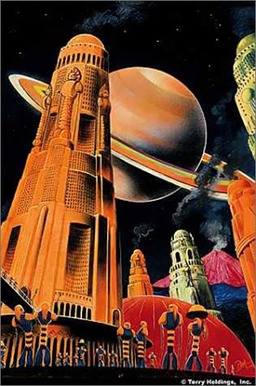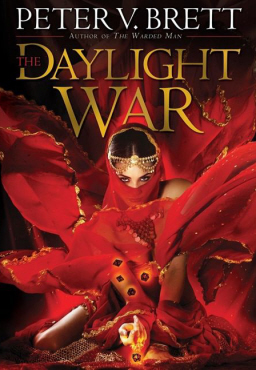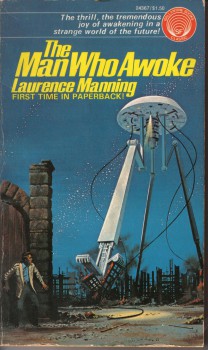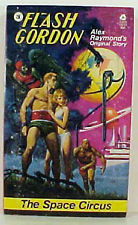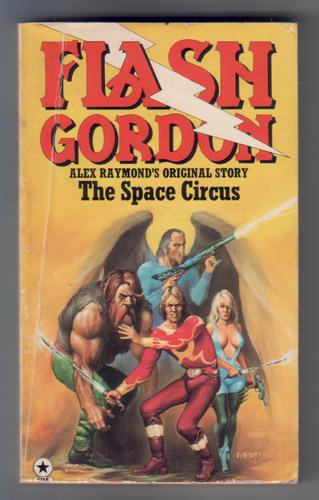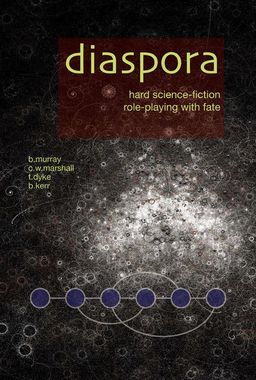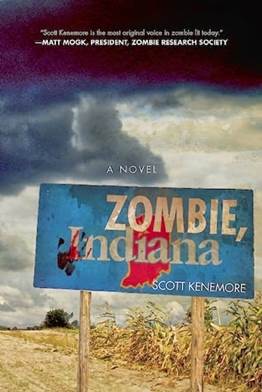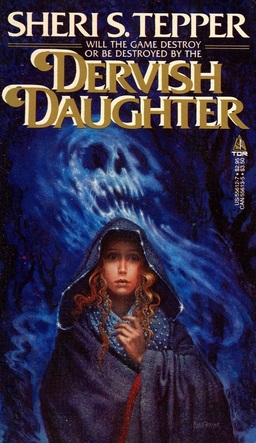1939 Retro Hugo Award Nominees Announced
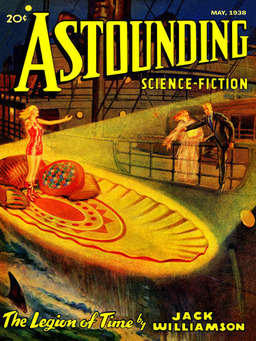 The Hugos have become science fiction’s more recognizable award, ever since they were first presented in 1953 at the 11th World Science Fiction Convention in Philadelphia. In the decades since though, there’s been plenty of speculation in fan circles about classic SF published before 1953.
The Hugos have become science fiction’s more recognizable award, ever since they were first presented in 1953 at the 11th World Science Fiction Convention in Philadelphia. In the decades since though, there’s been plenty of speculation in fan circles about classic SF published before 1953.
“Oh, Jack Vance’s The Dying Earth would have win the Hugo Award hands down back in 1951.”
“Are you kidding? The Lion, the Witch and the Wardrobe was published that same year — it would have been the easy victor.”
“You’re both crazy. The most popular SF release in 1951 was E.E. “Doc” Smith’s First Lensman, no question.”
“Wait a minute — what about Asimov’s Pebble in the Sky? It came out that same year!”
If there’s one thing fans like to do more than argue, it’s to prove they’re right. So in 1996, the First Retro Hugo Awards were given out, for SF first published in 1946. Retro Hugos have only been awarded twice since: in 2001 (for 1951) and in 2004 (for 1954). And for the record, the winner of the Retro Hugo Award for Best Novel in 1951 was Robert A. Heinlein’s Farmer in the Sky.
Loncon 3 has announced that it will present Retro Hugos this year, for work first published 75 years ago. Here’s part of the introduction to the award from the Loncon 3 Hugo Award Administrator:
1939 was an auspicious year among science fiction enthusiasts. On 2 July roughly 200 of them got together in New York City to hold the World Science Fiction Convention… As host of the 2014 Worldcon, Loncon 3 will be hosting the Hugo Awards for the best work in 2013. As Loncon 3 marks the 75th anniversary of that first convention in 1939, we will also be hosting a Retrospective Hugo Award process for the best work of 1938.
